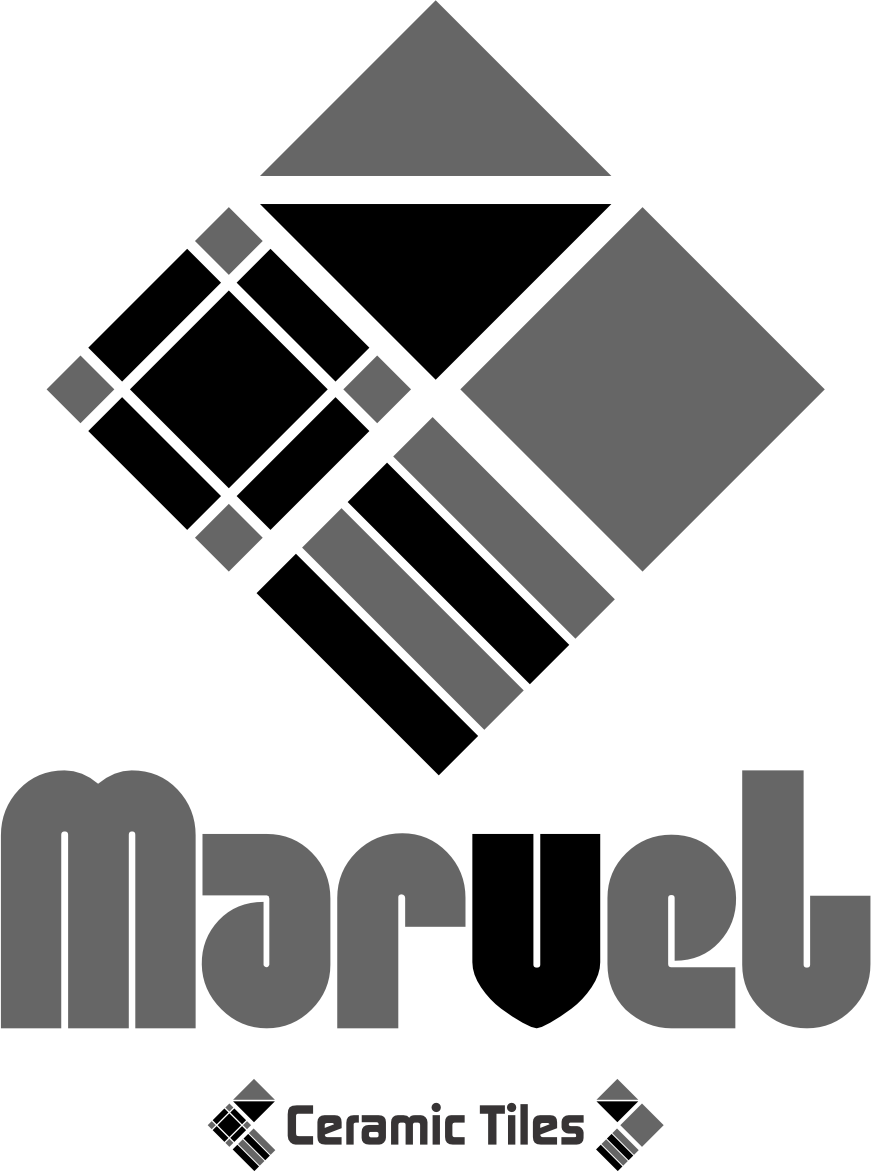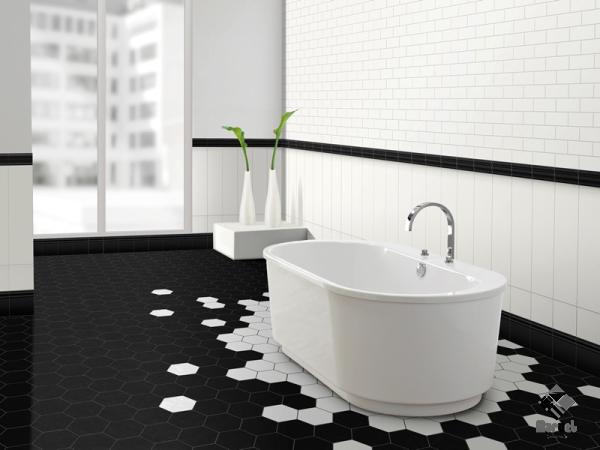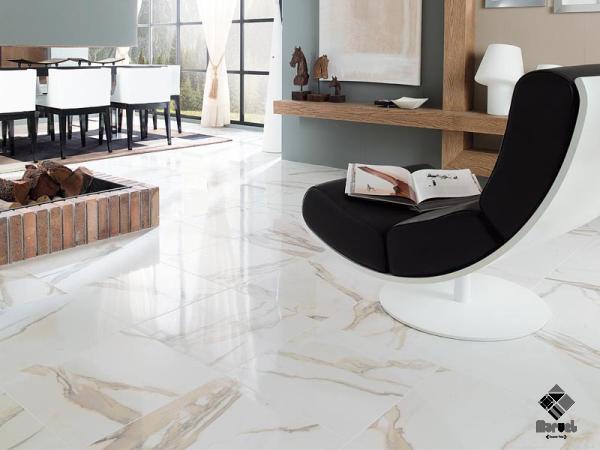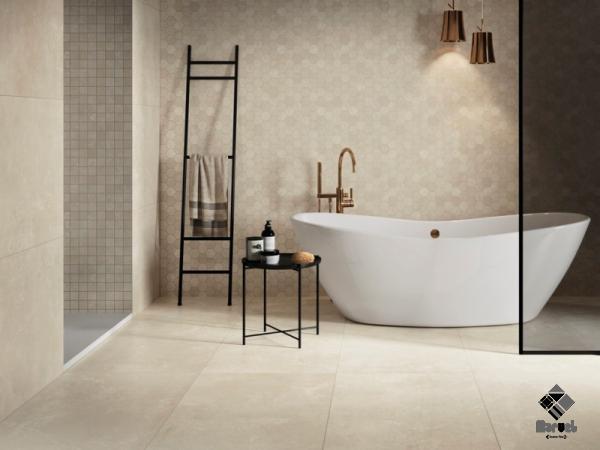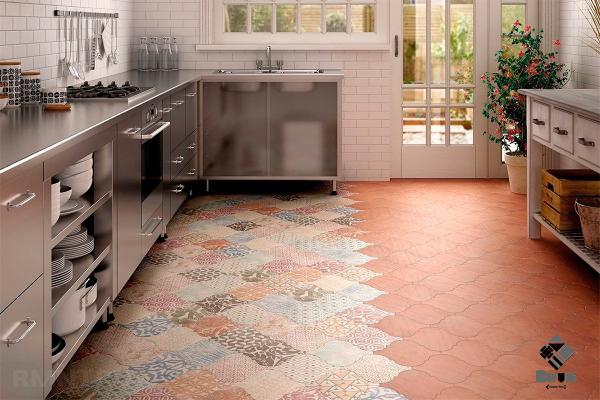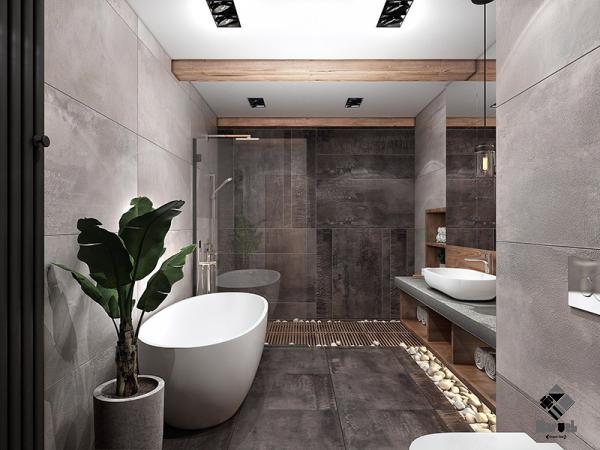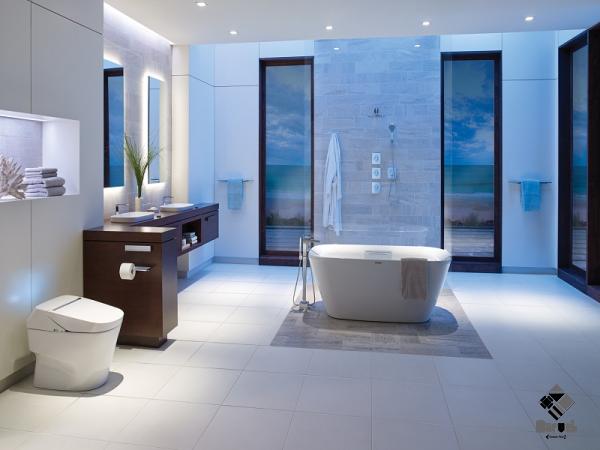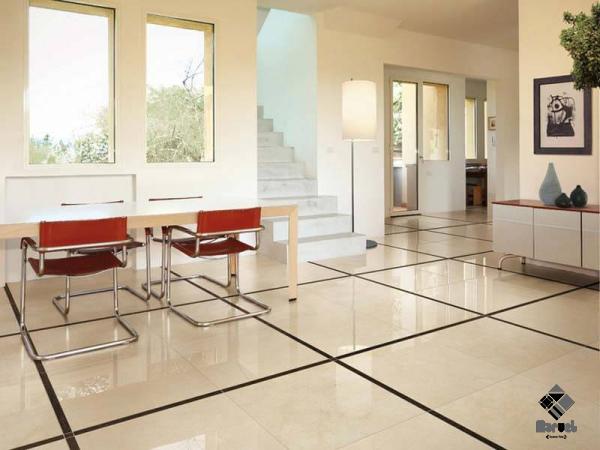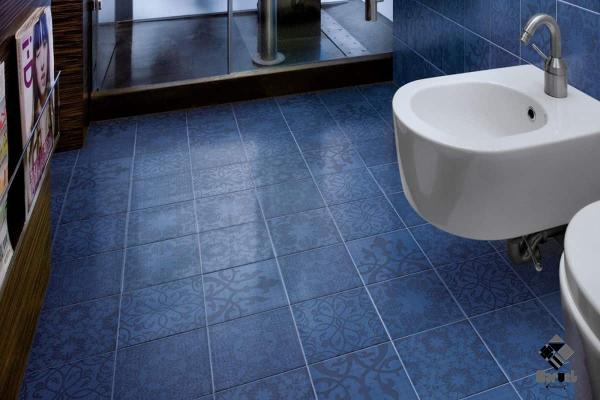what is travertine tiles + purchase price of travertine tiles
Today, to answer” how I can get travertine tiles near me “it should be noted that travertine tiles are widely available for sale at cheap price everywhere and are also seen as durable, elegant materials for residential applications, including floors, countertops, screens, showers and tubs, fireplaces, and outdoor pavers for patios and walkways and around swimming pools
Unlike granite and marble, travertine has a naturally weathered appearance that suits both casual and formal decorating styles
The largest travertine quarries are in Italy, but the stone has also been found in Turkey, Peru, Mexico, Croatia, Iran, China, Yellowstone National Park
in Wyoming and the rest of the world
Like all natural materials, travertine has its advantages and disadvantages, which must be considered before incorporating it into your renovation
If you’re considering using this stone for your home and considering pairing it with marble and granite, read on to find out what you can expect from travertine in terms of appearance, maintenance, and cost
Travertine colors range from warm to neutral tones
You’ll find travertine pavers, slabs and tiles in soft, warm neutral shades including ivory, gold, beige, brown, rust and peach
Often, the color swirls and ripples throughout the stone, creating unique patterns that give travertine a timeless beauty
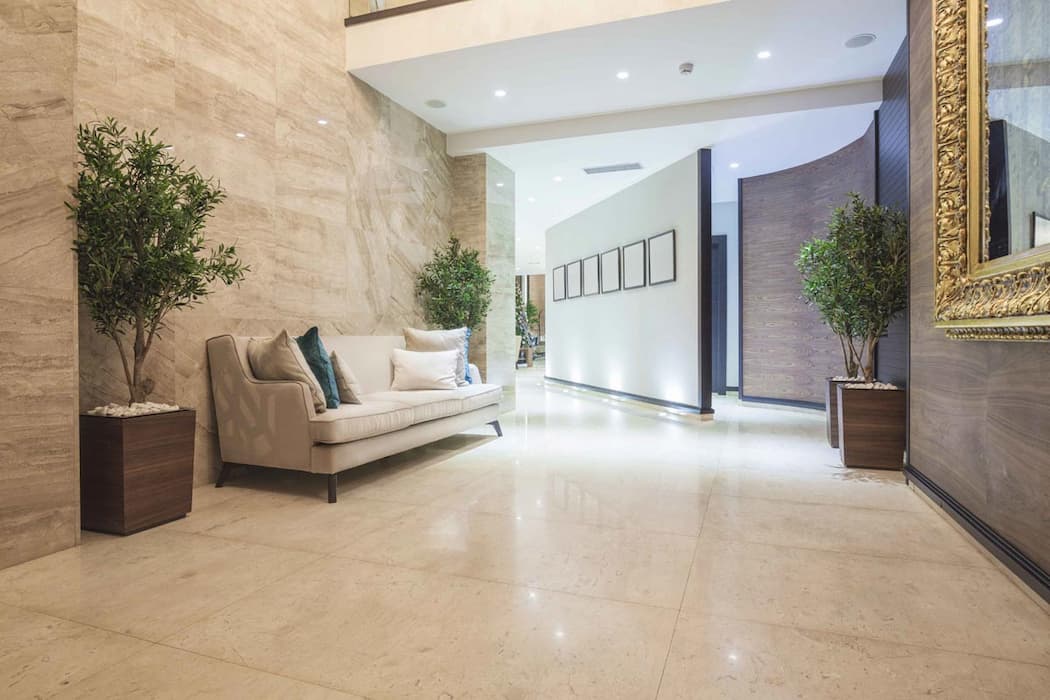
What you won’t find in travertine are the distinctive stains and freckles, a common feature of granite, or the contrasting dark textures on lighters
The background is characteristic of marble
Conversely, most travertine shades and patterns are more subtle than other popular stones
Travertine also differs from granite and marble in that its surface is characteristically slightly pitted, with small pores and depressions caused by carbon bubbling
During formation near natural thermal pools, the stone will form oxides on the stone
While these openings give travertine a rustic look, they tend to collect dust and grime when used as countertops or floors
For this reason, travertine holes are usually filled with an epoxy compound and then sanded evenly with the stone surface
This filler makes travertine tile smooth and easier to clean without detracting from its ideal weathered appearance
Some homeowners choose to install travertine on vertical surfaces such as backsplashes or fireplaces without filling holes and depressions for an aged, solid look
Travertine is a special form of limestone
Its fibrous, marble-like texture and attractive earthy colors have made it one of the most popular building materials
Historically, most travertine used in architecture and art came from the mountains of Italy, but today most travertine sold comes from Turkey, Iran, Mexico, and Peru
As a flooring material, travertine is often sold as tiles and comes in a variety of earth tones including tan, brown, rust and beige
It is a very durable stone and although it is easier to care for than some natural stones, travertine is very heavy and its porosity requires regular sealing of the surface
It doesn’t work in all places
However, properly installed and maintained travertine floors can add a unique mountain aesthetic to your interior
Travertine tiles price for sale Travertine tiles price Travertine tiles for sale near me

Travertine tiles price for sale
Travertine tiles price for sale usually varies based on the quality and type but an average price for each square foot is 6$
Travertine is a mid-level stone in terms of costs, but it is the top class of all floor materials
Material and labor costs for travertine floors average about $15 per square foot
In comparison, marble averages about $20 per square foot and granite averages about $12 per square foot
Laminate floors are on the low end of all flooring materials and can be professionally installed for less than $5 per square foot
However, like other natural stones, travertine floors vary widely in price – from $3 to $30 per square foot, depending on the quality and finish of the stone
Maintenance of travertine is complex and simple
Like other natural stones, travertine has small pores that allow spilled liquids and dyes to penetrate
1 This problem can be prevented by using grommet seals and seal face seals
This double treatment must be done during installation and then regularly again throughout the life of the floor
If you want to keep the surface shiny, you need to seal regularly
But if travertine is kept properly sealed, it is quite easy to clean with a simple damp mop and a mild soapy solution
Hard tile materials such as travertine can withstand impact without serious damage from scratches, cracks or chips
Over time, a weathering effect is formed, which is often appreciated because it gives the floor a unique character reminiscent of ancient architecture
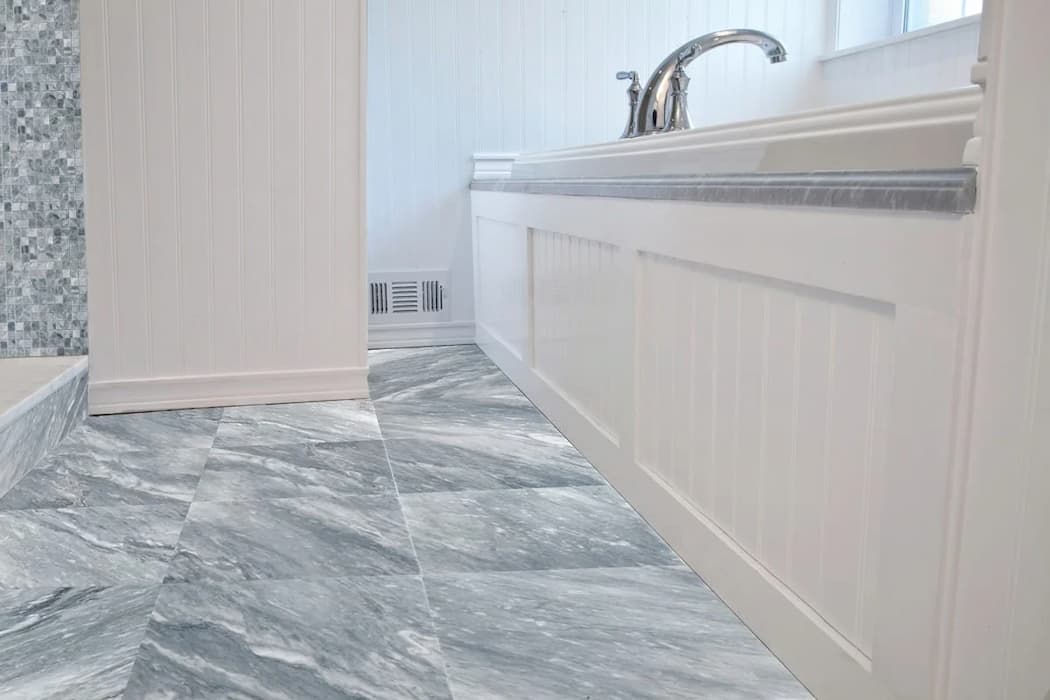
This patina is one of the main charms of travertine
Polished and sanded materials have a higher risk of scratching, while naturally finished tiles are more resistant to damage and dirt
Because travertine floors are tiled, individual pieces can be removed and replaced if they crack
This includes carefully dismantling and removing the damaged tiles, scraping the sub-floor, installing new tiles with thin adhesive and caulking the joints
However, if the surrounding floor is corroded, the patched area may temporarily not match
design Travertine is one of the oldest building materials in existence, and travertine floors bring a sense of age and prestige to the home
At the same time, it has an inherent majestic energy that commands attention in a subtle, understated way, with swirling pale hues discernible in its blurred, shifting surface effects
Each piece is also a piece of earth art formed by nature, creating a unique installation
Travertine maintains a more subtle understated dignity than granite or marble due to its muted palette
The tiles are available in brown and beige, gray and mottled off-white
These tiles can bring an earthy edge to a floor installation without overwhelming the room with dramatic colors
Travertine floor installation Like other stone tiles, travertine floors are installed in the same way as ceramic tiles
A layer of cement board is placed on the subfloor, after which the stone tiles are spread with thin glue and the joints are finally filled with mortar
If the tiles are not sealed, joining the travertine can be difficult because the mortar can stain the material
When working with unsealed tile, it is best to apply sealant before grouting
Although the installation technique is similar to tile, travertine presents some unique difficulties
Since this material is very heavy, the floor structure must be strong and rigid enough to support the floor without excessive flexing or bending
Structural reinforcement is sometimes necessary
Travertine is a very hard stone and standard tile cutting tools are not enough to cut it
Instead, use an electric wet saw equipped with a diamond blade
Because of these difficulties, installing travertine is not a popular DIY project; the work is usually left to the professionals
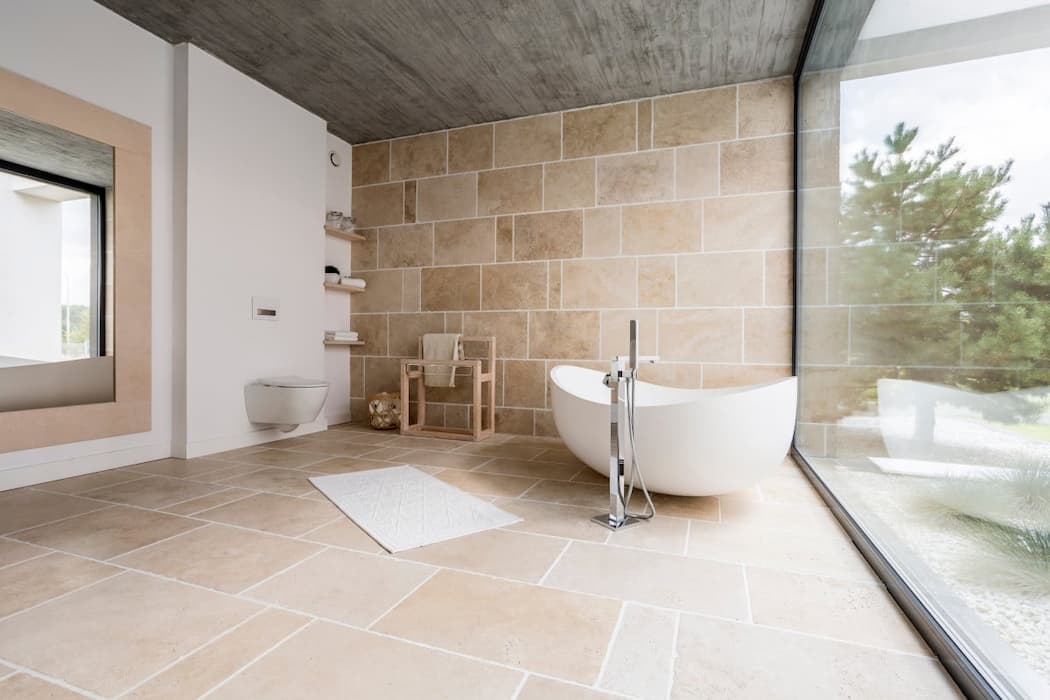
Travertine tiles price
Standard commercial travertine tiles have the price of $2 to $4 per square foot, but most homeowners opt for higher quality standard travertine tiles for $5 to $15 per square foot
The highest quality premium travertine tiles generally cost between $20 and $30 per square foot
Once mined, travertine is usually made in one of four ways for decorative purposes in domestic and commercial settings
Polished Travertine: This finish is the most modern and stylish
Fill its natural pores and voids before starting to polish, then polish the travertine surface to a smooth and shiny finish
Because polished travertine tends to be slippery when wet, it is not a good finish for bathrooms, kitchens, or around swimming pools
However, it has a high-end and luxurious look that is perfect for entry floors, counters, backsplashes and around bathtubs
Polished Travertine: This is the most popular finish for residential use
When travertine is polished, the holes and cracks in the stone are filled, then the stone is sanded on the other side, creating a smooth, almost matte finish that matches almost any interior style
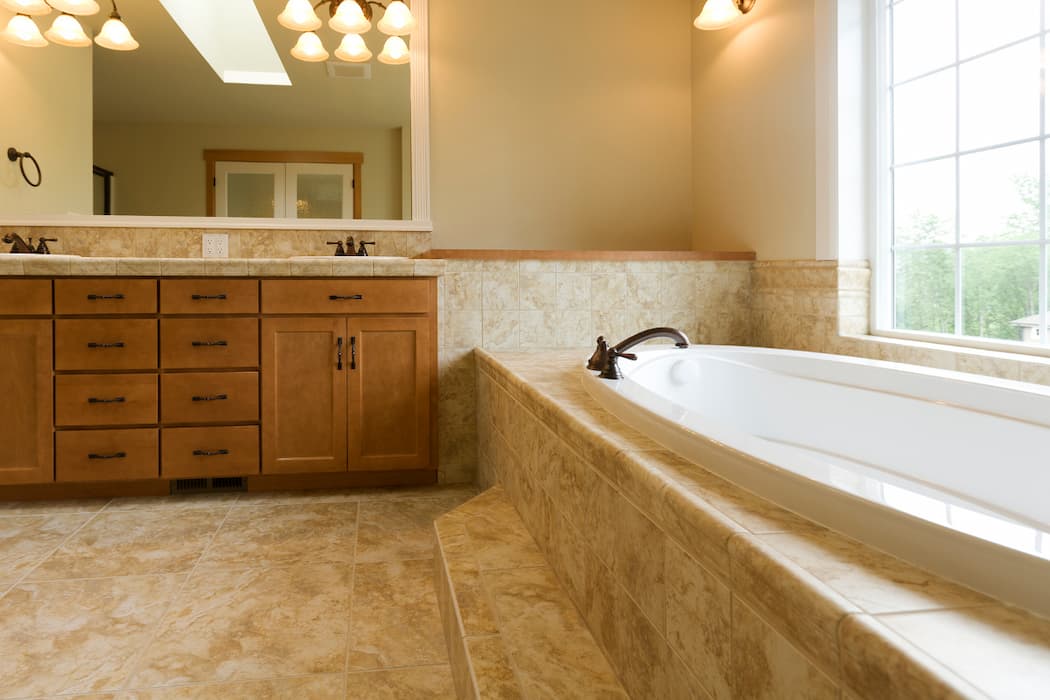
You can use polished travertine on floors throughout your home, on bathroom or kitchen countertops, and around walls, backsplashes, and fireplaces
It can also be used as an exterior finish
Roll Travertine: Place travertine tiles in a large glass filled with small pebbles, dry gently for the most weathered and rustic finish, perfect for Mediterranean, Spanish, Tuscan or other old world decor
Travertine tiles with a richly patterned matte surface are perfect for outdoor floors, wall surfaces, around showers or bathtubs and around fireplaces
However, because it is so textured, it is not suitable for worktops or indoor floors
Brushed Travertine: Brushed travertine, brushed travertine, has been smoothed slightly with a wire brush, resulting in a more textured surface than polished travertine, but not as textured as rolled travertine
This is a rustic and weatherproof finish that suits casual or old world decor
Use brushed travertine wherever you use rolled travertine
While not as hard as marble or granite, travertine is still a very durable stone
It withstands foot traffic well and is unlikely to crack in extreme temperatures, although it could crack if a heavy object hits the tile
While travertine is somewhat susceptible to scratches, they are less likely to show up in sanded or tumbled travertine than polished stone
To avoid damage, never drag heavy furniture across travertine tile floors, and sweep up sand or other gritty material that pets or shoes have gotten in
Travertine often wears and ages given enough time and exposure to the elements, but for many homeowners, this is a plus
While many homeowners prefer to unsealed travertine (especially for outdoor applications) to prevent weathering, regular use of a sealer can keep the stone looking refreshed if you prefer

Travertine tiles for sale near me
In order to answer” how I can buy travertine tiles for sale near me” it should be noted that there are large travertine quarries in Turkey, Mexico, China, Peru and Iran
But Italian travertine may have the most dramatic history
The mineral springs of Bagni di Tivoli form huge travertine layers, fed by the same geothermal heat as Vesuvius and the Roman baths
Because travertine is porous, it easily absorbs liquids, grease and oil, leaving stains that can damage the surface of the stone
It is also susceptible to corrosion – a chemical reaction that corrodes the stone – with acids such as wine and other alcohols, vinegar, coffee, tomato juice or sauces, and citrus juices
Bleach and ammonia can also cause etching in travertine
Although polished travertine has a natural resistance to stains and etching, lingering spills can still leave marks
To prevent staining and etching, suppliers treat most travertines with a protective sealant developed for natural stone, such as Miracle Sealants 511 Porous Plus
It is best to reapply the sealant every 3-5 years
The process is simple: rub or buff the sealer onto the stone with a rag or wool applicator, wipe off the excess, let the sealer dry, then apply another coat
Travertine floor tiles are available at almost any tile store and even most home improvement stores

This is not a brand-dependent product, as the wholesalers supplying retail stores buy their stones from the same quarry
More importantly, the classification of travertine:
Polished: In this classification, tiles are highly polished because the stone is polished for maximum smoothness and fully compacted
This has the best stain resistance but is very slippery when wet
Polishing: This grade of travertine is filled and lightly polished, but still has a matte finish and is less smooth and smooth than polished stone
This is the most popular stone for interior floors
Tumbled: Tumbled travertine has rounded corners and edges for a well-worn antique look
It provides good grip underfoot but needs to be sealed to prevent stains
It has a nice antique look but is not very practical for heavy duty floors
Brushed: Brushed travertine is textured with a wire brush to give the stone a matte finish
My company has been leading the market in both supply and export of travertine tiles and slabs for over years and is hence gently honored to invite all dear customers and traders to join us in world trade of travertine and purchase the best travertine ever in your life
